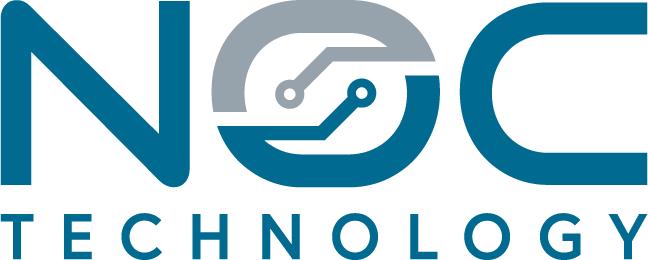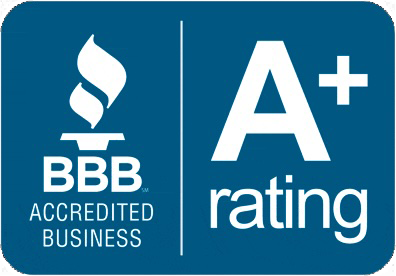Outsourcing vs. Internal IT Departments: Which One is Right for Your Business?
by Ted Stahl | NOC Technology
Keeping IT manageable

When it comes to managing your company's IT needs, you have two main options: outsourcing your IT department or keeping it in-house. Both have their own pros and cons, and the best choice for your business will depend on your specific needs and resources. In this post, we'll explore the benefits and drawbacks of outsourcing your IT department and having an internal IT department, so you can make an informed decision about which is the best fit for your business.
Outsourcing Your IT Department
Outsourcing IT and hiring internally are both viable options for businesses looking to manage their IT needs. Each option has its own set of pros and cons, and the decision of which approach to take will depend on the specific needs and goals of the organization.
One of the biggest benefits of outsourcing your IT department is cost savings. Outsourcing companies often have economies of scale, which means that they can offer their services at a lower cost than an internal IT department. Additionally, outsourcing companies often have access to a wide range of specialized expertise and resources that might not be available to an internal IT department.
Another advantage of outsourcing your IT department is scalability. Outsourcing companies can more easily adjust to your business needs, which allows you to scale up or down your IT support as needed. This can be especially helpful during periods of growth or downturns in your business.
However, outsourcing your IT department also has its drawbacks. One of the biggest concerns is lack of control. When you outsource your IT department, you're giving up a certain level of control over your IT systems and data. Additionally, outsourcing companies may not have the same level of understanding of your business and its unique needs as an internal IT department.
Internal IT Departments
Having an internal IT department means hiring and training your own staff to handle your IT needs. This can be a more expensive option than outsourcing, but it also provides more control and understanding of your business and its unique needs.
One of the biggest benefits of having an internal IT department is control. When you have your own IT staff, you have more control over your IT systems and data. Additionally, your internal IT staff will have a better understanding of your business and its unique needs, which can lead to more effective solutions.
Another advantage of having an internal IT department is security. When you have your own IT staff, you have more control over your IT systems and data, which can help prevent data breaches and other security issues. Additionally, your internal IT staff will have a better understanding of your business and its unique needs, which can lead to more effective solutions.
However, having an internal IT department also has its drawbacks. One of the biggest concerns is cost. Hiring and training your own IT staff can be expensive, and it can be difficult to find the right staff with the right skillset. Additionally, internal IT departments may not have the same level of expertise and resources as outsourcing companies.
Conclusion
Both outsourcing your IT department and having an internal IT department have their own set of pros and cons. Outsourcing can be a cost-effective solution with access to specialized expertise while having an internal IT department provides more control and understanding of your business and its unique needs. The best choice for your business will depend on your specific needs and resources. It is important to weigh the pros and cons carefully and consider factors such as cost, control, and security before making a decision.




